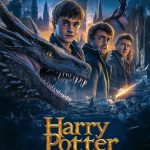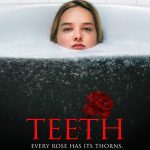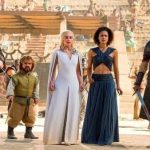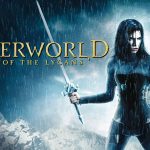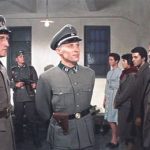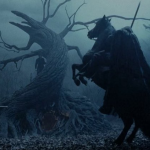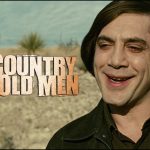The Hobbit trilogy (2012-2014)
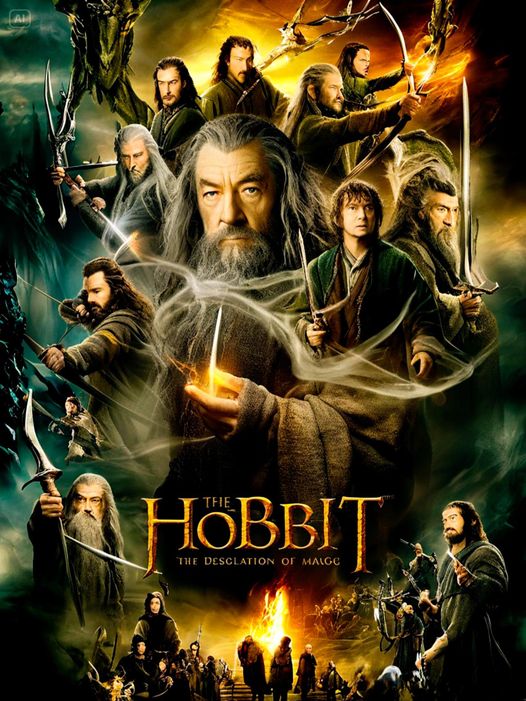
The Hobbit trilogy (2012-2014), directed by Peter Jackson, is a cinematic adaptation of J.R.R. Tolkien’s beloved fantasy novel The Hobbit. The trilogy serves as a prequel to Jackson’s acclaimed The Lord of the Rings series and is divided into three films: An Unexpected Journey (2012), The Desolation of Smaug (2013), and The Battle of the Five Armies (2014). While Tolkien’s original novel is a single book, the decision to expand it into three films allowed for the inclusion of additional material from Tolkien’s appendices, creating a richer, albeit more extended, narrative.
The story follows the journey of Bilbo Baggins (played by Martin Freeman), a humble hobbit from the Shire, who is thrust into an epic adventure by the wizard Gandalf the Grey (played by Ian McKellen). Bilbo reluctantly joins a company of thirteen dwarves, led by the warrior Thorin Oakenshield (played by Richard Armitage), on a quest to reclaim their homeland, Erebor, from the fearsome dragon Smaug (voiced by Benedict Cumberbatch). Along the way, Bilbo encounters trolls, goblins, elves, and other fantastical creatures, while also discovering his own courage and resourcefulness.
An Unexpected Journey introduces the characters and sets the stage for the adventure. It captures the charm and whimsy of Tolkien’s world, while also laying the groundwork for the darker elements that will unfold. The film introduces audiences to the majestic landscapes of Middle-earth, brought to life with stunning visual effects and practical sets. Notably, this installment also features Bilbo’s fateful encounter with Gollum (played by Andy Serkis) in the depths of the Misty Mountains, where he acquires the One Ring, a central element in The Lord of the Rings trilogy.
The Desolation of Smaug continues the journey as the company faces greater dangers, including giant spiders in Mirkwood, hostile elves in the Woodland Realm, and the menacing dragon Smaug in the Lonely Mountain. The film is known for its action-packed sequences, particularly the river barrel escape and the intense confrontation between Bilbo and Smaug. This installment also delves deeper into the characters’ motivations, with Thorin’s growing obsession with reclaiming Erebor foreshadowing his eventual downfall.
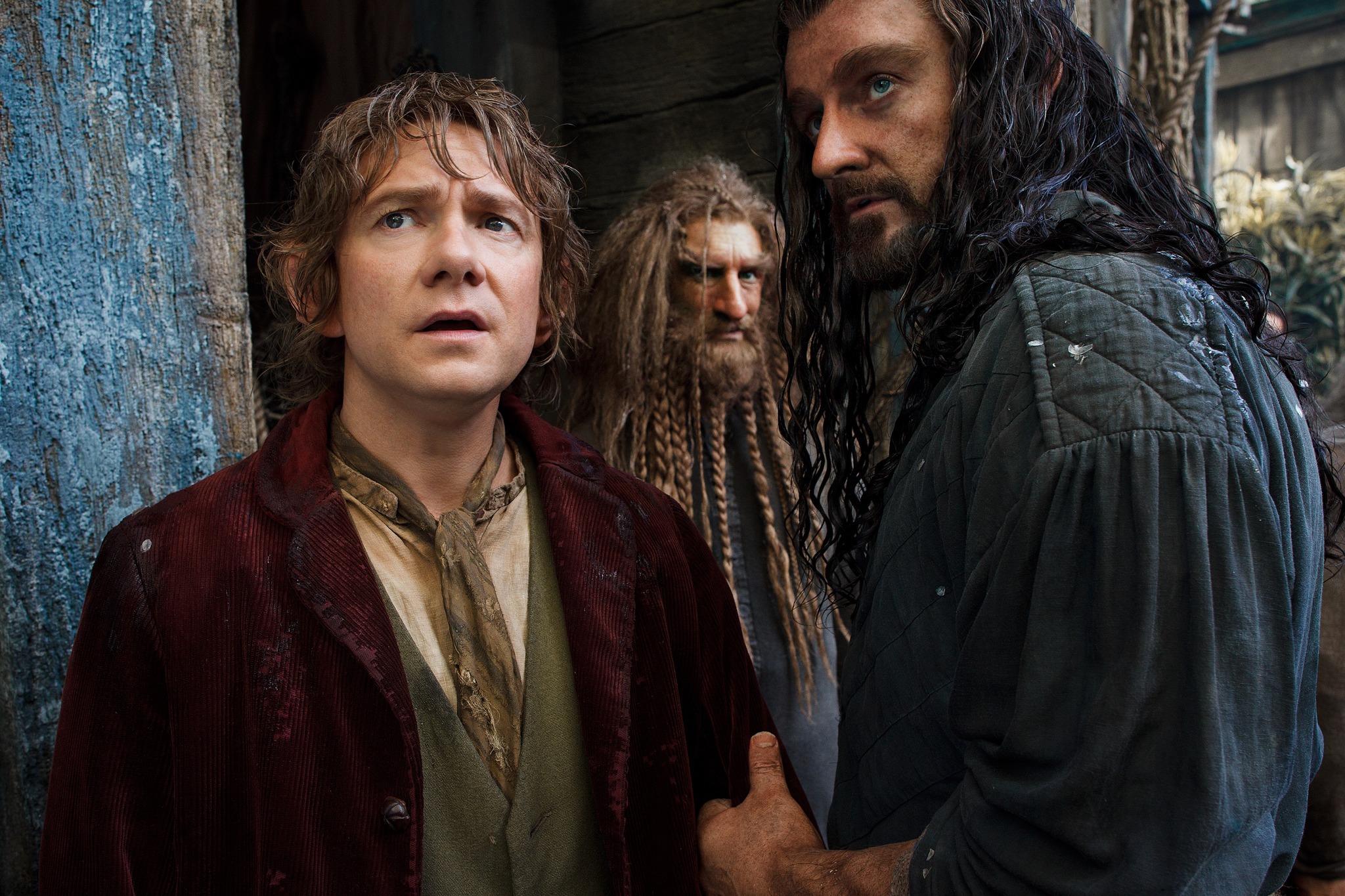
The Battle of the Five Armies concludes the trilogy with an epic showdown. The title refers to the climactic battle involving dwarves, elves, men, orcs, and eagles, as they fight for control of Erebor and its vast treasure. The film explores themes of greed, loyalty, and the heavy cost of war. Thorin’s descent into “dragon sickness” and his eventual redemption are central to the narrative, while Bilbo’s role as a peacemaker highlights the importance of courage and friendship.
While the trilogy was praised for its visual effects, world-building, and performances, it also faced criticism for its length and the decision to expand a relatively short novel into three films. Some viewers felt that the trilogy included unnecessary subplots and characters, leading to a diluted narrative compared to the more tightly focused The Lord of the Rings trilogy.
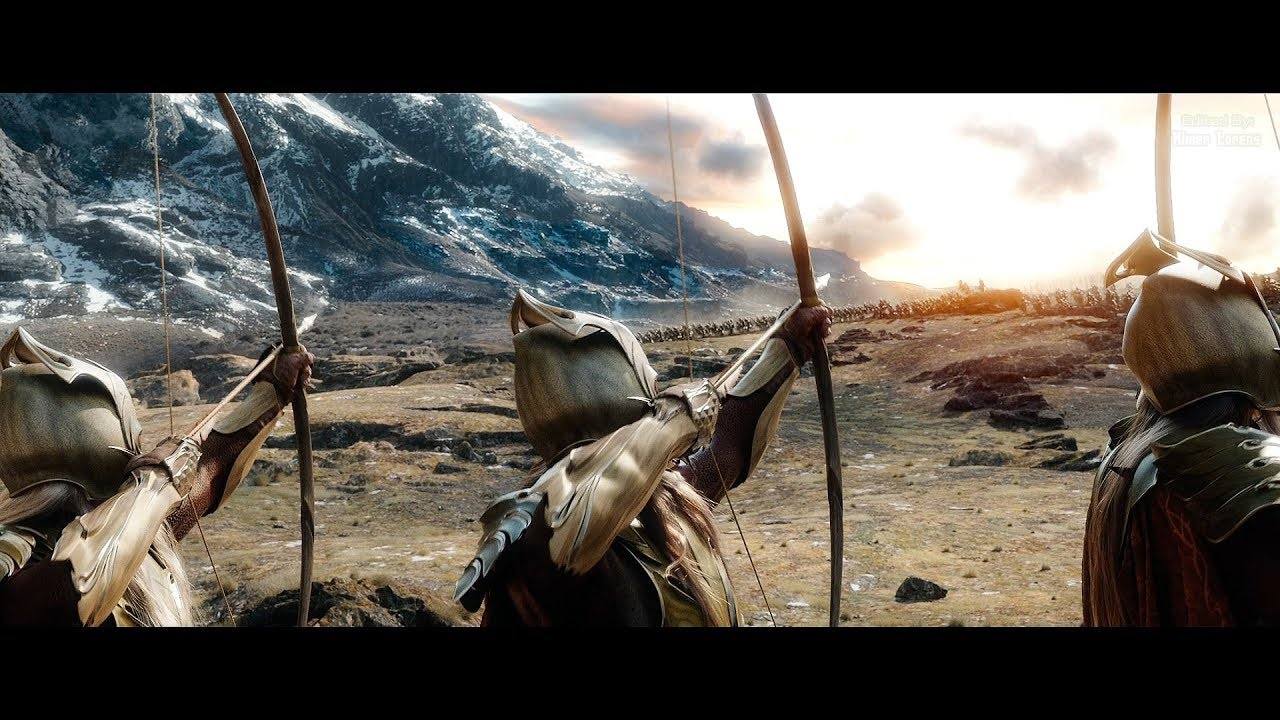
Nonetheless, The Hobbit trilogy remains a significant achievement in fantasy filmmaking. It successfully brings Tolkien’s world to life with meticulous attention to detail, from the intricate design of the various Middle-earth cultures to the sweeping landscapes that define the epic journey. The trilogy also features Howard Shore’s memorable score, which beautifully complements the story’s emotional arcs.
In summary, The Hobbit trilogy offers an expansive and visually stunning return to Middle-earth. Despite its flaws, it remains a beloved part of the fantasy genre, providing fans with a deeper exploration of the rich lore that underpins Tolkien’s literary works.
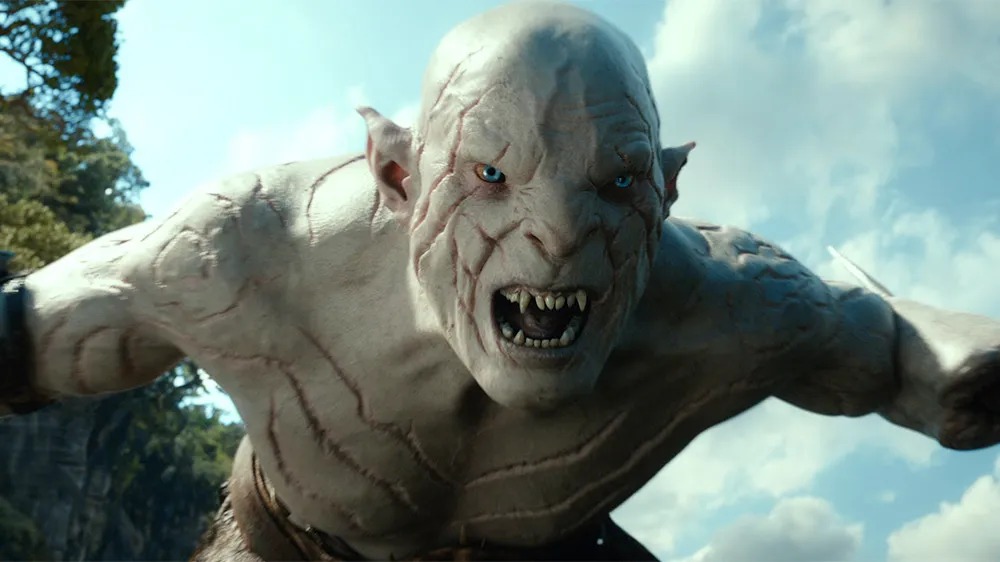

Suggested videos for you:

